Tsunamis in the Mediterranean
Under Embargo!
This item is under embargo until 27 August 2015 14:00 CET/CEST.
Please do not distribute this link or report on this story before the embargo lifts.
As tectonic plates slide under one another, they grind, stick, and finally slip, releasing built-up pressure in the form of earthquakes. Tremors happen in the Mediterranean as the African plate slides underneath the Eurasian plate. Some of these tremors can generate tsunamis – very large water waves (larger than usual ocean waves) containing huge amounts of energy. Sometimes, tsunamis are only a few centimetres high in the open sea and wash ashore gently. Others can grow into walls of water several metres high as they move towards the coast. The larger waves are a danger to people living along coastlines because they can cause flooding, damaging homes, and businesses. They can even be a threat to life.
On average, a large tsunami in the Mediterranean Sea happens about every 100 years. Understanding what might happen when a tsunami wave approaches the shore and travels inland is important because lots of people live around the Mediterranean Sea. A team of European researchers, led by Achilleas Samaras, a Greek researcher working in Italy, has now created a new computer model that looks at how parts of Italy and Greece would be affected if a tsunami was triggered after a large earthquake in the Eastern Mediterranean.
The scientists ran computer models where magnitude 7 earthquakes (about 7 to 8 times more powerful than the atomic bomb that hit Hiroshima during the 2nd World War) occurred, one off the coast of Sicily and one off the coast of Crete. Their results showed that these two tsunamis would flood low-lying areas of the coast up to 5 metres above sea level. This means that for the case of Crete, 3.5 square kilometres of land in the studied area (about the size of 500 football fields) would be flooded!
Samaras and his team hope their study helps local governments and people living along the Mediterranean coastline prepare for, and defend themselves against, potential tsunamis in the future.
Print version
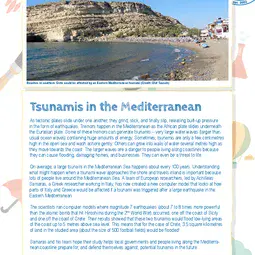
This is a kids' version of the EGU article: 'What would a tsunami in the Mediterranean look like?'. It was written by Laura Roberts (EGU Communications Officer), reviewed for scientific content by Achilleas Samaras (Research Fellow, University of Bologna, Italy) and Solmaz Mohadjer (PhD Researcher, University of Tübingen, Germany), and for educational content by Rachel Hay (Geography Teacher, George Heriot’s School, Edinburgh, UK).
Translations
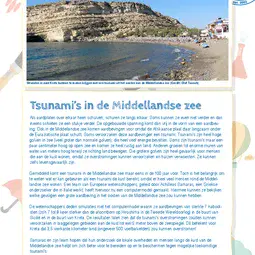
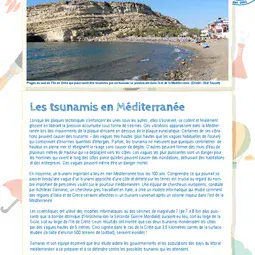
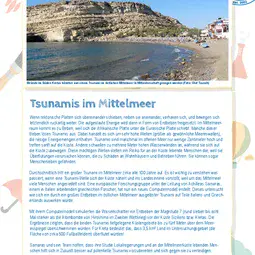
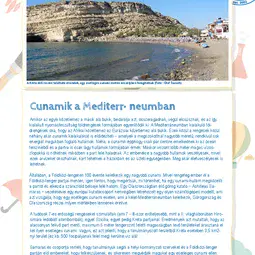
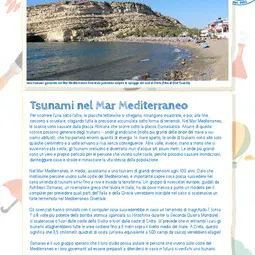
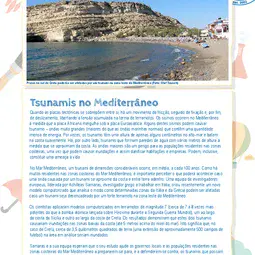
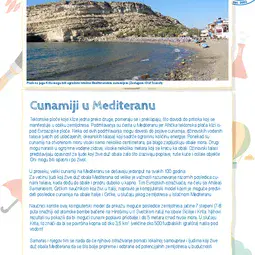
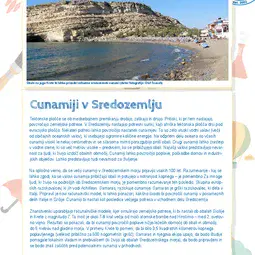
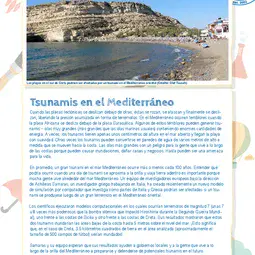
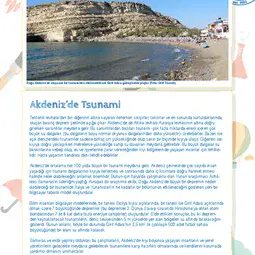
All English-language Planet Press releases are carefully edited, reviewed and proofed, by scientists, educators and EGU staff. Please note that once translated, Planet Press releases receive no further checks from EGU staff. For this reason, we cannot guarantee their accuracy, though we trust the quality of our voluntary translators and are grateful for their work.

